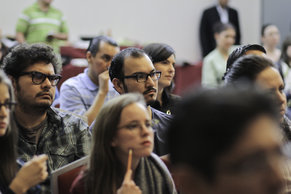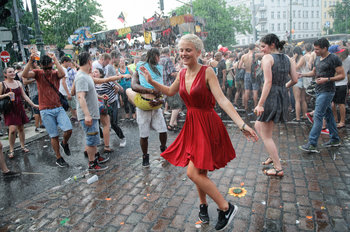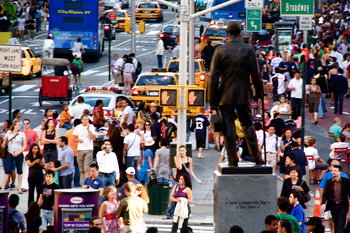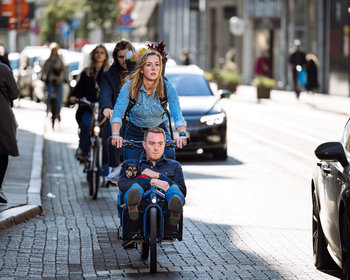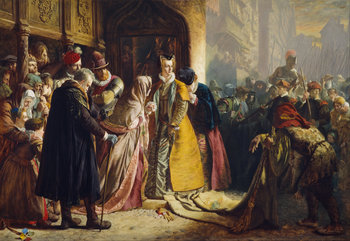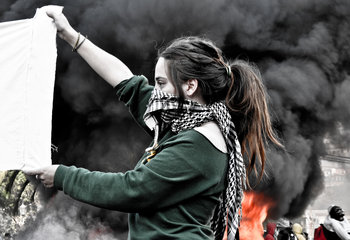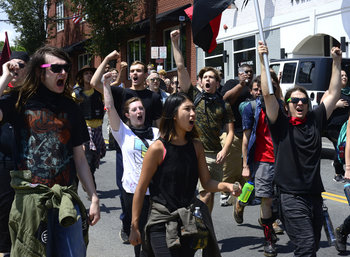
Slippery Slope
Broken windows theory is often used as a slippery slope argument whereby a small thing that appears relatively innocent is presented as necessarily leading to large scale problems of a terrible nature. For example, suggesting that littering leads to a disrespect for society that leads to minor crimes that leads to all manner of serious crime. Slippery slopes exist but slippery slope arguments are typically considered fallacies because they tend to overestimate the probability that something small will necessarily snowball out of control.Positive Feedback Loop
Broken window theory is based on a positive feedback loop whereby A creates B that creates more of A. For example, trash on the street causes people to litter more that leads to more trash on the street.Justification of Bias
Broken windows theory can be used to justify policies that are motivated by racial bias, class bias and fear of youth. For example, it can be used to justify very serious penalties for small crimes of economic desperation such as failing to pay a subway fare. This may create large penalties for the lower class in a society that treats far greater economic crimes such as political corruption relatively lightly.Busy Work
In some cases, broken windows theory is accused of justifying busy work by the government. For example, police in Japan are known to take bicycle related crimes such as carrying two passengers on a single bike remarkably seriously and often stop teenage bicyclists in random spot checks to confirm they own their bicycle and that it is up to code. Tokyo has one of the world's largest police forces with around 43,505 officers. By comparison, the largest police force in the United States, New York City, has 36,023 officers. Tokyo is known to have reasonably low crime -- creating a chicken and egg question. Does it have low crime because it takes small crimes so seriously or does the lack of crime in the first place give them the resources to devote to bicycle infractions? Japan has many structural advantages such as a highly educated population and low unemployment rate that suggest that the latter may be the case.Hygiene Factors
Hygiene factors are the basic expectations of an individual such that when the expectation is met the individual doesn't notice but they strongly react when it isn't met. For example, an individual may expect to live in a neighborhood that is free of abandoned houses. When shopping for a house, they aren't particularly impressed by a lack of abandoned houses in a neighborhood but are quite shocked by a neighborhood with a single abandoned house. In theory, this could cause less demand for housing in the neighborhood causing more abandoned houses.Environment
Broken windows theory can be applied to environmental degradation. If you lived in a city with perfectly clean air, purchasing a vehicle that spews toxic particles and gases might feel absurdly irresponsible. However, if everyone is doing it, you'll likely view this as perfectly acceptable. As such, cleaning up the environment could theoretically become a virtuous cycle whereby a cleaner environment makes polluting feel all the more wrong.Laws, Rules & Regulations
Broken windows theory can be used to justify a wide variety of rules. In some cases, this can go quite far whereby rules appear to be paternalistic or nonsensical. For example, a law against climbing trees or painting your house a bright color. Many of these rules are motivated by petty grievances between neighbors but are sold with slippery slope arguments that suggest an entire city will go into decline beginning with some minor creative or risk taking behavior.Norms
Norms are unwritten rules that respect the intelligence of an individual to act in accordance with the reasonable expectations of society. For example, a neighborhood where it is a norm to cut your grass regularly. According to broken windows theory, if a single neighbor ignores this norm other neighbors may follow this lead and soon the neighborhood has become normless such that people share no expectations of each other. Neighbors who take such seemingly minor norms very seriously and apply social pressure to neighbors to comply may be acting on a fear of a larger decline in civility.Natural Surveillance
Natural surveillance is a social environment whereby people behave because others are watching such that they feel pressure to conform to norms. This may benefit from a clean, orderly environment. For example, if you are at a pristine beach with no garbage you may be less likely to litter with people watching you as opposed to a beach that is covered in already ocean plastic.Maintenance Discipline
The practice of maintaining public and private property diligently so as to signal an ordered society.Nuisance Abatement
Nuisance abatement is a term for city programs to deal with properties that have gone into serious decline such that they are damaging the health, safety and visual appeal of a neighborhood. This can be carrot or stick with incentives for cleaning properties up or penalties for serious states of disrepair.Engagement
The process of engaging people who are committing minor infractions and offering to help them redirect their behavior in positive directions. For example, art programs, competitions and designated graffiti walls for graffiti artists.Bikeshedding
Bikeshedding, also known as Parkinson's law of triviality, is a cognitive bias that involves overfocusing on trivial problems that are easy to understand while neglecting far larger problems because they are hard to understand and fix. Broken windows theory can cause this type of thinking. For example, a mayor of a city who is obsessed with minor crimes such as graffiti while doing nothing about the structural root causes of these problems in areas such as employment, education, community, health and access to opportunity. Fixing windows is great but does nothing to address large structural problems.Overview
Broken window theory is the idea that small signs of disorder produce greater disorder in a downward spiral.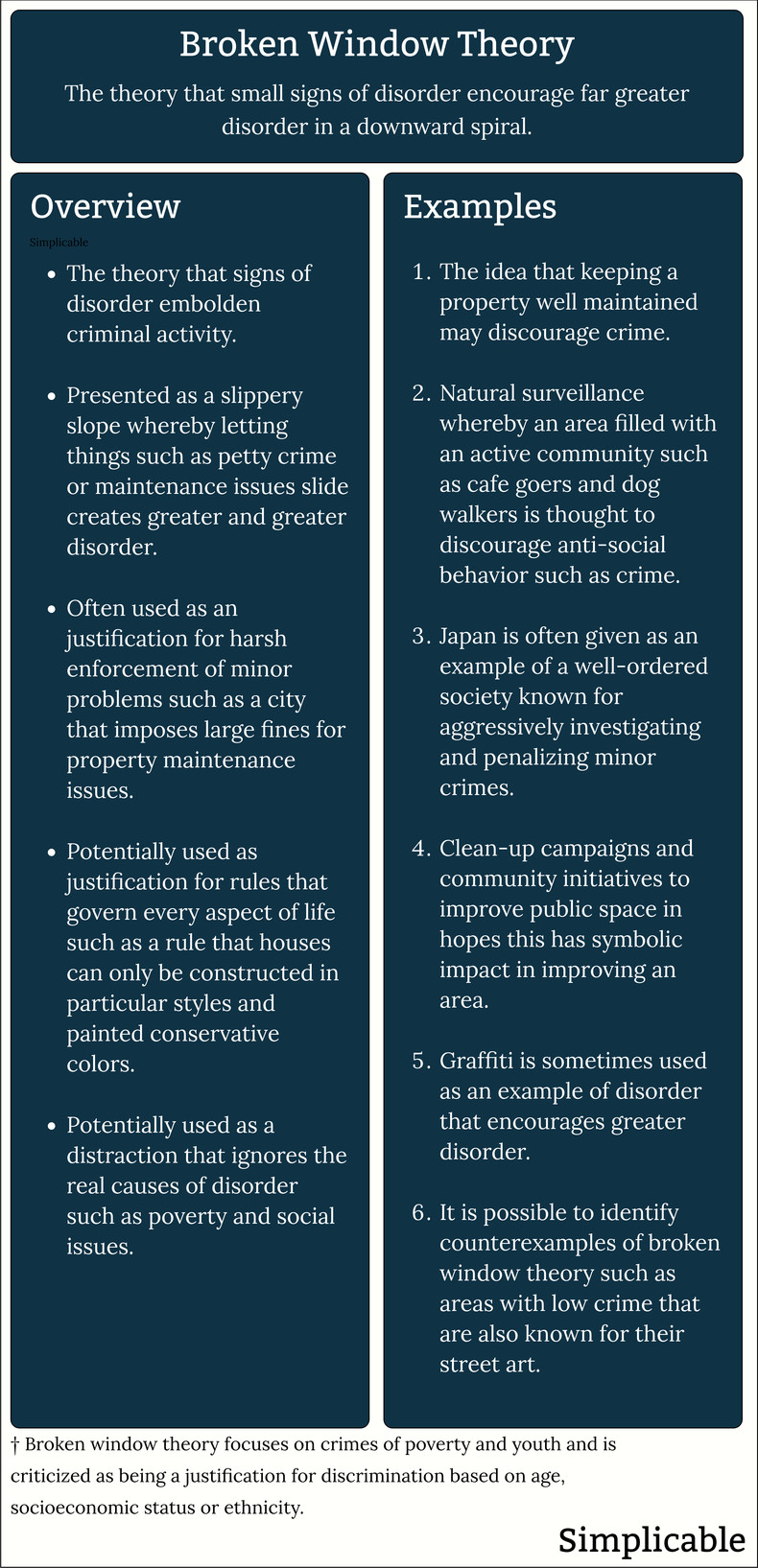
| Definition: Broken Window Theory | ||
Type | ||
Definition | The theory that visible signs of disorder creates more disorder in a vicious cycle. | |
Not To Be Confused With | ||
Related Concepts | ||









